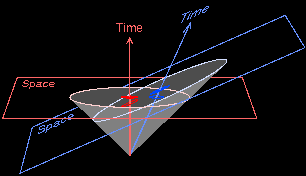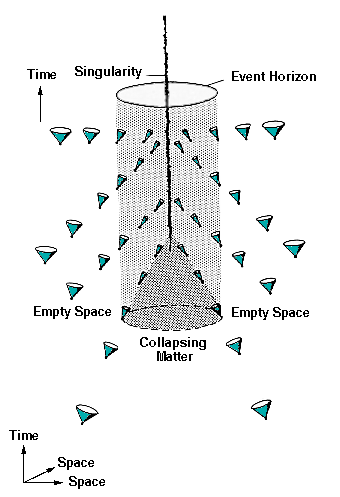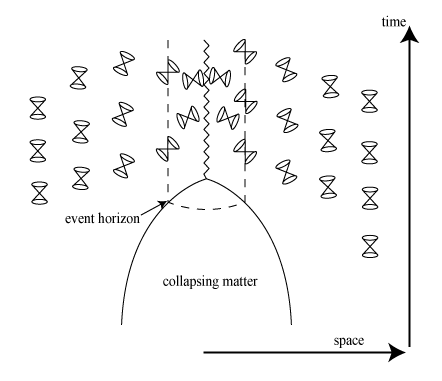Egypt is anarchic.
That’s the best way to describe it to a Westerner, especially an American. Things you take for granted like fixed prices, schedules, satisfaction guarantees, clear signage, experts, do not exist. Travelling through Egypt will challenge your assumption that the world is dictatorships or democracies.
So whatever I write here could be null and void in a matter of months.
To give you an idea just how anarchic it is, even Google and Apple are not aware of some basics. Apple thinks Egypt is at GMT +2. But Egypt recently ditched daylight savings time, and is currently only GMT +1. Simply travelling to Egypt will set your mobile phone ahead by an hour unless you set it to manual time settings.
Then there’s the Rowaysat bus station in Sharm El Sheikh. Google Maps will tell you it’s at one spot, but it turns out it’s a couple miles down the road. Only the taxi driver knew this. And that’s just the beginning.
Okay, so now are you ready to understand how travel in Egypt works? Good.
My travel was from September 7-10, 2016, from the Taba border crossing South of Eilat to Sharm El Sheikh, on the southern tip of the Sinai peninsula. It’s basically the only part of Sinai left accessible to tourists while the Egyptian military deals with ISIS in the rest of the peninsula. The first thing to understand that it is safe, and you’ll be fine. Sharm El Sheikh is a HUGE tourist destination, and Egypt has every incentive to make sure it stays that way.
The recent plane crash to Sharm damaged the industry enough, and they are not about to let it get damaged anymore. Air traffic is already back with increased security. And the road from Taba to Sharm is on lockdown – you’ll cross about a dozen checkpoints on this 140 mile road, about 3-4 which can ask for your passport. Furthermore, you can cross the Taba border without a visa. But your stamp will only allow you along this coastal road. The border guard emphatically told me “no Cairo. Only Taba Sharm.”
With this in mind, remember these people know what’s up. They are telling you these things for your protection. They are not the Man trying to bring you down. Listen to them.
Now, how to actually make it there. There’s two options. One is a bus that goes from Sharm to Taba and back every day. It leaves the Rowaysat bus station in Sharm at 9am every morning, and arrives in Taba about 1-1:30 pm. It then leaves Taba back for Sharm at 3pm. It makes two stops, at Nuweiba and Dahab. As well as maybe one or two other stops where the bus driver knows someone. But that’s neither here nor there.
The other way is by private taxi. Now, forget everything you know about taxis and Uber. A “taxi” is just a guy with his own car who sees you walking down the road and guesses you’re a tourist needing a ride. He will then haggle you for a ride. I paid $60 to get from Taba to Sharm via taxi, when he originally asked for $100. I consider the trip worth the expense because he knows the roads and the checkpoints. He introduced me to a couple of his favorite stops along the way, and the checkpoints tend to be a bit more lenient with him. As he said “if you show your passport before he asks for it, he won’t ask for it.”
Now let’s talk a bit about haggling. First off remember. You’re a tourist. They know this, and you know it. So you will pay more than the natives – if the natives even get something like a taxi. But keep a couple things in mind to help you haggle. I knew the bus was only 50EGP which is about $6. But he found me walking around Taba at 10:30am, and we both knew I didn’t feel like waiting till 3pm when the bus showed up. And I also knew the hotel wanted $130 for their own transportation to take me.
So when you have alternatives in mind, it helps you set a price in your own mind and not be subjected to their tactics. Which, frankly, I respect. Because for these guys life is a hustle. It’s not easy living in these parts.
And speaking of hotel transportation. I spent the night at the Taba Hilton, figuring I’d get an early start on the day. I tried searching the net for bus schedules, but the one site I found said the bus left Taba at 7am. It’s a good thing I talked to the hotel clerk/concierge (there wasn’t a dedicated concierge). He didn’t even know, he just knew the bus phone number and was able to find out that way they left at 3pm.
If you do decide to take the bus from Taba to Sharm, it’s about a half mile walk down the road from the border, on the beach side of the street, in this dusty strip mall. Keep in mind Taba is a ghost town. Good luck finding the guy who’ll sell you a ticket for the bus. Remember, I took a “taxi” so I can’t help you there.
140 miles down some very “interesting” yet picturesque road found me in Sharm El-Sheikh. And let me tell you, I was not expecting what I saw. I thought it would be a few dusty hovels. Sharm is a resort town that gives Las Vegas a run for its money (so to speak). Like Vegas, gambling is legal in Sharm (as well as the rest of Egypt), it’s strewn with HUGE resorts and hotels, there’s the greenest grass you saw all over the place, massive malls. But unlike Vegas you’ll have access to some of the nicest water and the best snorkeling and diving the world has to offer. All at rock bottom prices.
If gambling is your thing, you’ll have a fun time. They inherit all the machines Vegas throws away. From my limited sampling the slot machines only take dollars. But unless you win over $100, they spit out your winning in coins/tokens. Which is so much more satisfying than those sterile strips. And they still have the levers you can pull – though they don’t actually mechanically pull the slots.
Also remember they have different cultural ideas of comfort. I stayed at the Domina Resort which was granted five stars by Egypts Ministry of Tourism. But the beds were small twin size – I felt like they were from a children’s summer camp. Apparently they have yet to catch up on flat screens – both the Domina and the Hilton had CRTs in my room.
Beyond that, expect all the amenities like a fully appointed bathroom, AC, and wifi – something that will help you cut out the roaming costs. On that note, have you downloaded WhatsApp to your phone yet? Good.
For transportation, I was lucky enough to have a friend in the MFO, which is an international force to keep the peace treaty between Egypt and Israel. So we tended to use one of their cars to get around town. I think if I didn’t have that luxury I would be tempted to rent a car – Sharm is pretty spread out (remember those HUGE resorts). It was about five miles from our resort to the city’s central attractions.
Of course, you don’t really ever need to leave your resort. There’s plenty to do, and plenty of nothing to do. Just hang out on the beach all day and forget the world. Or check out some boat trips. Get your SCUBA certification and you’ll have a lot more options.
If you do want to get around town, and you don’t want to rent a car, it’s about 50EGP per trip around town. Of course, it’ll be a haggle every time. Which will get annoying. But there’s not too many places to go. There’s Old Town, and Na’ama Bay, which are both worth visiting for dining and shopping.
Dining tends to be fixed prices. Shopping tends to not be. Shopping is also a hustle. I’ve learned the art of admiring from afar – as soon as you show the slightest bit of interest, some will just light up and start hustling you. Not all of them are like that, and the ones who weren’t were the ones I tended to browse the most. The biggest hustles are the tours. All I can say about tours is, get them from Eilat, or someone you know. I wouldn’t trust a random guy offering me a tour. Mostly because it’s probably a ripoff and not what you thought it would be.
BTW keep a lot of dollars handy. Egyptians tend to prefer dollars. Some will even give you a preferred exchange rate – this includes both shopkeepers and cab drivers. And if you didn’t know already, money is really good at getting you out of a jam.
Now, I took the bas back to Taba from Sharm. There are two ways to get to the Rowaysat bus station to get you back to Taba – by taxi or by Bedouin caravan. Assuming you’re not interested in waiting for a passing caravan, take the taxi. Trust me. I pinned it on a map and even the map is worthless. It’s on a patch of dirt in the middle of nowhere. The taxi driver should know, he should charge you about 50EGP. Make sure he understands your bus leaves at 9am.
The bus station is a trip, and is well worth the experience. The bus itself is reminiscent of a Bedouin caravan. The windows are covered with heavy curtains to block out the harsh sun, with a few frills to boot. The AC is sufficient. The only thing is the seats are assigned, and at least my bus driver made us hold our seats even after half the bus emptied out. And keep in mind he’s not personally catering to you like a taxi driver. Pray for cooperative bowels, though you will stop for a few minutes at Dahab and Nuweiba. Your best bet to fight discomfort is headphones and a good playlist.
The bus will also stop a number of times for government officials, who will board and inspect everyone’s passports. So make sure you keep it handy. Cargo shorts with buttoning pockets are great.
Now, last but not least (should also be first?), the border station. There’s four basic steps to get out (in is in reverse): go through departure processing and get your passport stamped. Show your stamped passport to the Egyptian guard and leave Egypt. Show your passport to the Israeli guard and enter Israel. And go through arrivals processing in Israel.
Now this is where Egyptian anarchy really reared its ugly head. I don’t know where some random guard got the idea that I should go around the departure station. But he was insistent I should do that and go straight to the border guard. Needless to say that was a bad idea. I’ll spare you the details but it helps to know what you’re doing and where you’re going. Relying on or trusting the kindness of strangers is not a good idea.
If that discourages you, good. Egypt is not for the meek. Real travel is not. If you’re interested in just having fun when you travel, stick with the safe spots. But if you’re ready to challenge yourself, and take a few risks, you will see new dimensions of people you never thought existed. That’s what makes travel, travel.





